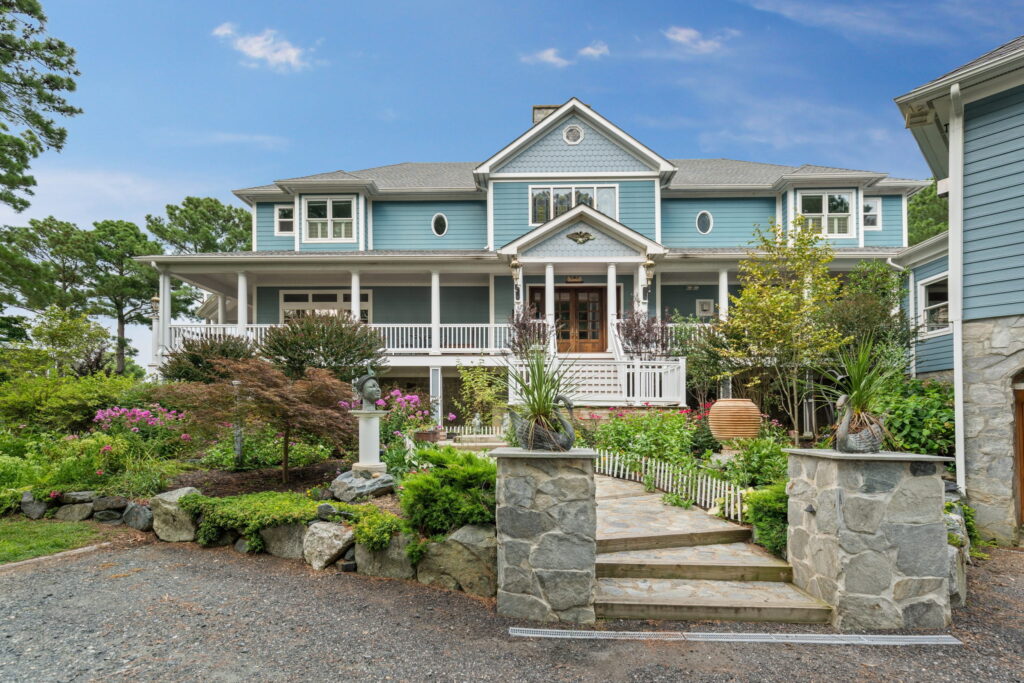
Meet The Owners
Swanendele Inn, LLC has a three-person innkeeper team. The innkeepers are Gerald Meyerman, born in the Netherlands, raised in Canada and an American citizen, and his wife Victoria O’Hara, born in Tallahassee, Florida. Innkeeper Miguel Gavilanez was born in Ecuador, came to the US legally some 20 years ago and an American citizen. Before coming to the US, he managed Ecuador’s leading Andean lodge where Meyerman and O’Hara met him. He finished High school in Alexandria, VA as the class Valedictorian and earned an Associate Degree in hospitality and has worked in prestigious establishments in the region.
All three partners have thus lived abroad, the artwork, and furnishings of Swanendele are a testament to the length and breadth of their travels. The Inn’s diverse guests almost invariably find elements in the Inn that speaks to their specific, worldwide origins and history! The name “Swanendele” is as cosmopolitan and rooted in history as the team at the Swanendele Inn. Swanendele is derived from the Dutch word for “valley of swans.” The owners chose the name because of the pair of nesting swans residing on the property in 2001, but also because of the property’s historic links to the ill-fated Dutch colony of “Zwaanendael,” centered in Lewes, Delaware but extending north through New Jersey to “New Netherlands” and “New Amsterdam” – now New York State and City.
The first innkeeper in old St. Mary’s City was Dutch-born Gerrit van Swearingen, who became the first naturalized “American” and has thousands of descendants throughout the U.S. He had been the sheriff of the Zwaanendael colony. In moving to St. Mary’s, van Swearingen found many common characteristics between the new colony at St. Mary’s and the former Dutch colonies, including freedom of religion, social tolerance, and democracy. The van Swearingen inn and coffee house at old St. Mary’s City have been restored and is open to visitors.
When the current owners bought the Swanendele property in 2002, it had little tree and plant diversity and very few birds. The site had been a tobacco farm for centuries and, after the “tobacco settlement” was planted solely with white pine. Long before construction of Swanendele began, the owners re-introduced traditional tree species, including oak, cedar, service berries, mulberry, and maple as well as a wide variety of shrubs and flowers. As result of the diversified plant life, the bird population has vastly expanded. Bluebirds, cardinals, blue jays, woodpeckers, chickadees, hummingbirds, herons, orioles, ducks, Canada geese, coots, seagulls, as well as bald headed eagles and osprey now thrive in the forest, wetlands and living shores.
